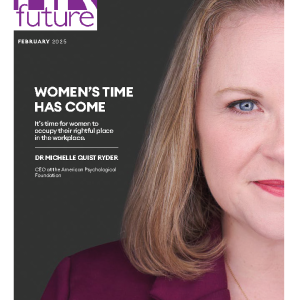Despite the well worn office mantra of group work being central to success, businesses often struggle to offer effective collaborative spaces.
Historically, most collaboration in South Africa has occurred through formal, scheduled meetings having many participants.
As a result, organisations have had years of experience building conference rooms and other formal meeting spaces. These spaces were designed to facilitate large group work processes, efficient client exchanges of information and decision making.
However that the need for innovation, improved productivity and particularly speedy decision making are the principal drivers behind the charge towards collaborative, less structured workspaces.
This is especially true when you consider 70% of great, innovative ideas at work come from people collaborating. The search for competitive advantage through innovation and effective decision-making has led many organisations to highly value group-oriented work and workspaces.
Today’s collaborative spaces fall short of expectations, driven by a lack of spaces to support the most valued types of collaboration, and a lack of adaptability of both furnishings and technology within the spaces.
While the most highly prized collaborations are informal in nature, they need to be supported with the right design characteristics such as convenient location, support for social and small group work interactions, and casual look and feel.
Most organisations consider the social component of work separate from “work” spaces. To foster social interaction, some copy the obvious characteristics of successful public spaces (the café, bar, market, lounge) mistakenly hoping that the variety of social interactions occurring in the public versions of these spaces will translate to a business setting.
However, organisations have few insights into supporting innovation other than to encourage as much interaction as possible and “wait for the magic to happen.” Organisations know their group spaces are underperforming, but do not know how to respond.
While the trend to establish comfortable, informal collaborative spaces within offices has taken hold in Europe and particularly in the US over the past few years, and to some degree in South Africa, he expects the trend to accelerate here in 2017.
The economy is sluggish and adding a collaborative space in an unused office area means you can enhance office facilities without taking on extra spaces and bumping up the rent or spending a lot on expensive office reconfiguration.
Another advantage is because these spaces typically consist of things like screened off areas, perch tables with high stools, booths with comfortable ottomans and chairs, they are easy to move to a new office.
The types of collaborative spaces offered continue to evolve- the most rapidly growing categories support brainstorming, small unplanned meetings, videoconferencing and project team work.
In the future, most collaborative spaces will offer features that facilitate connection to technology, sharing of visual information, adaptability to changing work process and amenities such as food, beverages and daylight.
Richard Andrews is the Managing Director of Inspiration Office.







